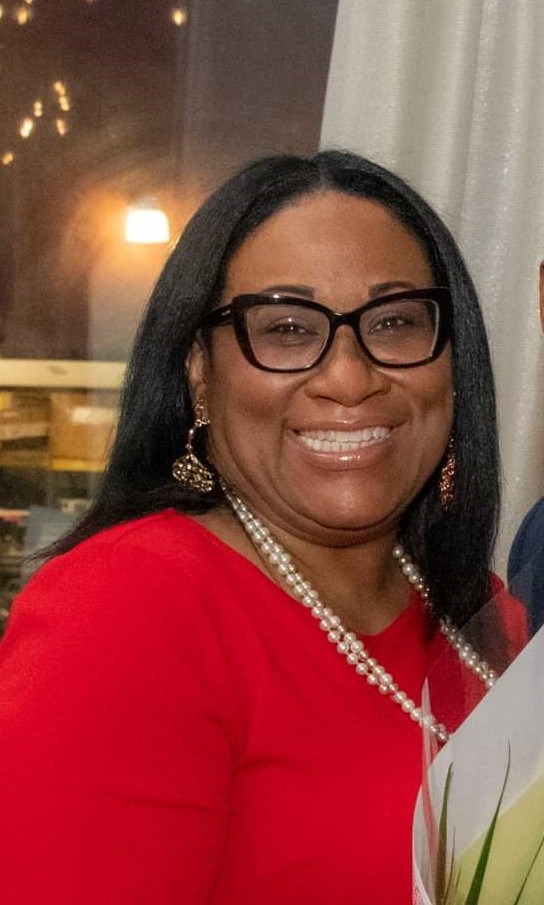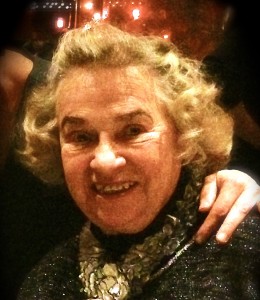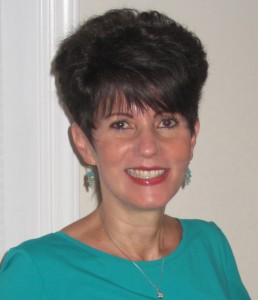Chapter History
In 1959 a small group of midwives gathered regularly in NYC as a professional group to discuss issues and to advocate for themselves and their clients. This group eventually became the New York State Chapter of the ACNM. Multiple chapters evolved in New York, and ultimately, the ACNM organized the country into six regions. The chapter originally bore the title Region II, Chapter 1 of the ACNM, but its name was officially changed to NYC Midwives in 2014. In 2000, the need for a state-wide organization became clear; the eight state chapters agreed to form the New York Midwives (NYM).
Local, State & National NYC Midwives, NYM and the ACNM

Helena A. Grant MS, CNM, LM, CICP, FACNM
President, New York Midwives
Term 2023-2025
NYM is a membership organization that became the ACNM New York State affiliate in 2011. NYM represents New York midwives by advocating for the profession of midwifery through legislative and educational means. NYM coordinates and communicates with each of the state’s local chapters (such as NYC Midwives), and adopts issues better solved at the state versus local level. Although NYM is by definition the umbrella organization of the local chapters, the relationship between NYM and any given chapter is often reciprocal and cooperative rather than hierarchical. Midwives often begin participating in professional issues through involvement with the local chapter, but may also work directly with the state affiliate. To get involved at the local level with NYC Midwives, contact us at info@nycmidwives.org. Many NY midwives are also involved at the state level with NYM, contact newyorkmidwives@gmail.com.
A History of Midwifery in New York State

Dorothea Lang, CNM, LM

Aleida Oberstein, CNM, LM, MS, FACNM
During the early immigration years, midwives, preachers and surgeons were offered priority passage on most ships. Each international immigrant group recruited their own culturally essential midwife to provide life-sustaining services in the New World.
As New York City became overcrowded with immigrants, the local city health leaders formed rules for sanitation, hygiene, food and water supplies, etc. and started various registration requirements for health care providers. The city Sanitary Code, a powerful city tool, offered registration possibilities for midwives. In 1911 a school of Midwifery was established at Bellevue Hospital in NY City where hospital-based physicians and community midwives often worked together.
In 1932 the Maternity Center Association (MCA) introduced the concept of also offering midwifery education to nurses in NY City. This school supplied providers for the Lobenstine Clinic in Manhattan. Graduates of MCA participated in homebirths until 1958, when this school was welcomed into Kings County Hospital by Dr. Louis Hellman, a leader in Obstetrics and Gynecology. This opened the door for midwifery practice in hospitals. In 1963 two midwives were offered salaried positions at Cumberland and Harlem Hospitals. Adaptations of the NYC Sanitary Code were made to also allow the Sanitary Code registration of MCA graduates and to enable their midwifery practice in New York City.
By the end of 1980 the NY State Education Department had evolved to offer licensure mechanisms for most health professionals. To assure safety for the public, the NY State Office of Comparative Education had ample data on national and international educational requirements for nearly all professions. All this could be helpful for establishing New York State midwife licensure…
As more consumers and hospitals started to appreciate the uniqueness and scope of modern midwifery practice, more hospitals started to ask for proof of NY State licensure. To gain NYS licensure for midwives, the city and upstate midwives were joined by birthing mothers, other women consumers, numerous women’s organizations, public health leaders and some physicians in a united effort to actively introduce midwifery legislation. In 1992 the NYS Midwifery Practice Act was passed by both houses in the state legislature (only one negative vote) and signed by the governor. A Board of Midwifery was formed for the purpose of assisting the Board of Regents on matters of professional licensing, professional conduct, and to assure the safety of the public.
The Board recommended regulatory language to the Office of Administrative Rules. The language provided detail to the Midwifery Practice Act. If a candidate meets all NYS licensing requirements, the NYS Education Department will issue a license to practice as a Licensed Midwife (LM). Since 1992 over 1500 midwife licenses have been issued. The NYS Education Department States:
"A New York State licensed midwife is a health care provider who may care for the health needs of pre-adolescent, adolescent, and adult women throughout their life span. Licensed midwives provide primary well woman health care including: gynecologic care, and care during pregnancy and childbirth, as well as care of the newborn following birth. In New York State, the Board of Regents and the State Education Department (SED) oversee the licensure and practice of midwifery and 49 other licensed health, business and design professions.”
Licensed midwives have the authority by law to prescribe and administer drugs, immunizing agents, diagnostic tests and devices, and to order laboratory tests, as established by the board in accordance with the commissioner’s regulations. Licensed midwives can practice at home, in birth centers and in hospitals. More information on NYS midwifery can be accessed at http://www.op.nysed.gov/prof/midwife/.
